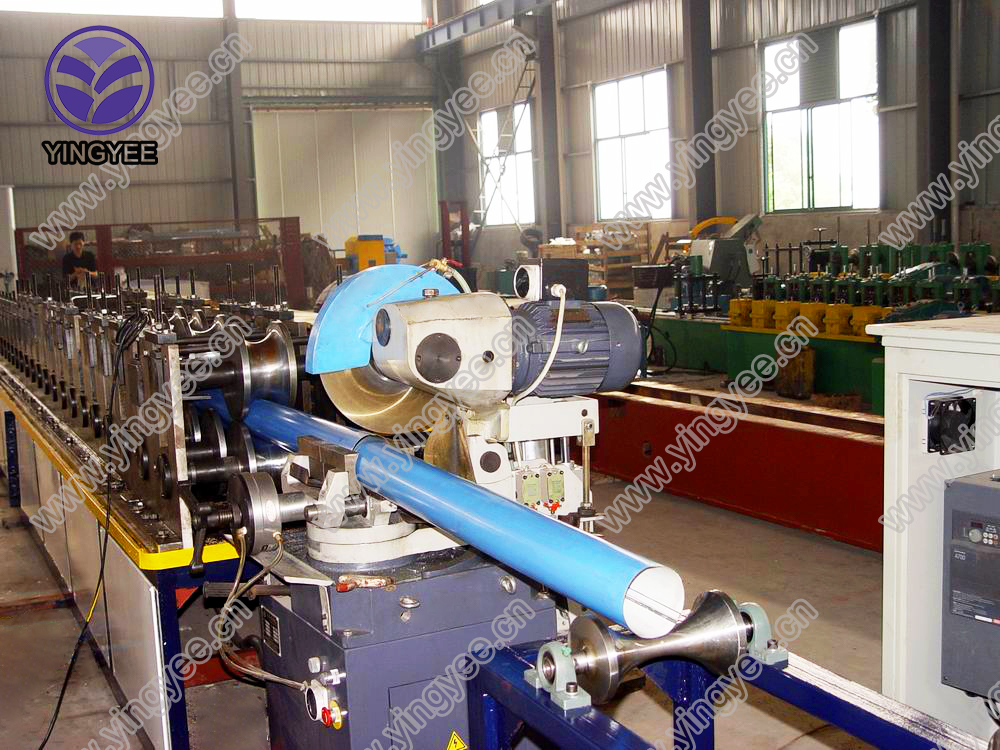
Stud and Track Keel Roll Forming An Innovative Approach to Construction
In the world of modern construction, efficiency, durability, and cost-effectiveness are paramount. Among the various methods employed in contemporary building practices, roll forming stands out as a highly effective process for creating elongated metal products. Specifically, stud and track keel roll forming has become a prominent technique in producing components essential for framing systems, significantly enhancing the construction workflow.
Understanding Roll Forming
Roll forming is a continuous bending process in which long strips of metal are gradually shaped into desired profiles. This method employs a series of rollers that reshape the metal over consecutive passes without cutting, providing consistent dimensions and superior quality. One of the primary applications of roll forming is in the manufacture of stud and track systems used in steel framing, particularly in commercial and residential construction projects.
What are Studs and Tracks?
Studs are vertical steel members that provide support and framework for buildings, while tracks are horizontal members that secure the studs in place. Together, they create a robust skeleton for walls, ceilings, and roofs. The stud and track system is favored for its lightweight properties, resistance to rot, and fire safety features, making it a suitable alternative to traditional wood framing. Furthermore, this system allows for flexibility in design and easy installation, reducing labor costs and project timelines.
The Process of Stud and Track Keel Roll Forming
Stud and track keel roll forming starts with coils of flat metal, usually made of galvanized steel, which are unwound and fed into the roll forming machine. As the metal passes through a series of rollers, it is gradually bent into the desired shape. The design of the rollers is critical, as they determine the final profile of the stud and track.
After forming, the profiles may undergo additional processes, such as punching holes for fasteners and applying protective coatings. The entire process is automated, allowing for high-speed production with minimal waste. This efficiency is especially crucial in large-scale construction projects where timing and budget constraints are significant.

Advantages of Using Stud and Track Keel Roll Forming
1. Precision and Consistency The roll forming process ensures that every stud and track produced is uniform in size and shape, resulting in less waste and a better-quality final product.
2. Cost-Effectiveness Automated roll forming reduces labor costs and production time, leading to overall savings in construction budgets.
3. Enhanced Strength and Durability Steel studs and tracks offer superior structural integrity compared to traditional materials, providing long-lasting and resilient framing solutions.
4. Fire Resistance and Safety Steel is inherently fire-resistant, which is a critical consideration in building safety regulations.
5. Environmental Sustainability The use of galvanized steel in roll forming is a sustainable choice as it is recyclable and reduces waste.
Conclusion
The rise of stud and track keel roll forming has revolutionized the construction industry by providing an efficient, cost-effective, and durable solution for framing systems. As builders seek innovative ways to enhance their construction methods, the benefits of roll forming continue to make it a preferred choice for many projects. This technology not only streamlines the construction process but also contributes to safer, greener building practices. As we move forward, embracing advancements in manufacturing such as stud and track keel roll forming will be pivotal for the future of sustainable construction. With ongoing innovations, the potential for further improvements in speed, accuracy, and material performance will likely continue to reshape the landscape of the construction industry for years to come.